|
June is PRIDE month and there could be no better way to celebrate than sharing picture books related to gender nonconformity. This post is a summary of things that have been featured on the instagram page, but you will find some interesting stories and visuals there you may want to check out (thehappybookerin). This all started because my son LOVES lipstick, pink and purple lip balms, blush, nail polish. Everyone around me seems to be on a mission to stop this craziness. Heck! Even I joined in for a few moments. “Nail polish is for girls!” “Boys don’t use lipstick.” but then I asked myself why? Why can't (not even) 2 year olds play with a item that is so easily accessible at home? Why would they not be curious about an item they see their mom using regularly ? While I understand that babies should not be using such products, I already see preconceived notions, biases starting to bubble in his mind. He can easily fill in the blank Only___ wear blush”. Quite frankly, at this point, I think my 23 month old is purely drawn by opening and shutting the lids and seeing the fluorescent colours of the chapsticks. But even if it was more…so what? These societal restrictions must stop. This is a question of freedom of choice, which must start young and start at home. These are the very things we talk about everyday on the News. There is a definitely a correlation between early socialisation and future gaps and inequality in education, employment, income, empowerment, and other significant outcomes of well-being. After @jkrowling's disregard for transgender people, it is even more crucial for us to shed light on sensitive topics like these! Please note that while your child may be gender conforming, I would highly reccomend sharing a few books with them to allow them to understand, be empathetic and have friends who may be gender nonconforming Respect the words people use to describe themselves. Transgender people use many different terms to describe their experiences, and not all terms fit all people. It’s important to ask people what language they want you to use. It’s okay to ask someone for their preferred name and pronouns. Always use the name and pronouns they tell you. If trans people aren’t sure which identity labels fit them best, give them the time to figure it out for themselves. The terms or language a person prefers may change over time, and that’s totally normal and okay. Some definitions: A transgender person is someone whose gender identity differs from their assigned sex at birth. A transgender girl, or transgirl, is a person who was born with male genitalia but identifies as female. A transgender boy, or transboy, is someone who was born with female genitalia but identifies as male. Genderqueer refers to someone who identifies as neither entirely male nor entirely female. a gender-nonconforming person is someone whose behaviors and interests — in things such as clothing and toys — don't match societal expectations for their biological sex. In India transgender individuals are known as Hirjas or Eunichs. They prefer to be known as Kinner or Kinnar (mythological beings of dance and song). They had a troubled history- under British rule, they were criminalized and we see the effects till date. Now, 96% of them are denied respectable jobs and face gendered violence and discrimination at home and public spaces According to Hindustan Times, thousands of children leave school because of non-inclusive spaces. The Swaddle states that, “Trans individuals comprise 0.04% of the total Indian population, roughly 490,000 people, and only 30,000 of them are registered with the Election Commission of India. Denying equal opportunities for a sustainable livelihood to this minority not only has serious social implications but also impacts the economy adversely. The 2016 World Bank report estimated India’s loss in GDP due to homophobia (and by extension, phobia toward the whole LGBTQIA+ community) up to US$32 billion, or 1.7% of the GDP. Research globally shows that LGBTQIA+ inclusion leads to both business innovation and happier workplaces because employees can be themselves at workplaces that constantly protect and empower them.” A list of board books and picture books from a transgender person who is in the Kidlit space :) Thank you Adrien! Also here's a list of parents raising transgender children:
Transgender 101 by Nicholas M Teich Written by a social worker, popular educator, and member of the transgender community, this well-rounded resource combines an accessible portrait of transgenderism with a rich history of transgender life and its unique experiences of discrimination. Chapters introduce transgenderism and its psychological, physical, and social processes. They describe the coming out process and its effect on family and friends, the relationship between sexual orientation, and gender and the differences between transsexualism and lesser-known types of transgenderism. Transitions of the Heart by Rachel Pepper This book contains 32 essays written by mothers of transgender or gender variant children. The Gender Creative Child by Diana Ehrensaft Psychological, medical and anecdotal stories are woven together into an affirmative and loving celebration of gender creative children and their families to provide a thorough view of all the elements of raising or otherwise supporting a gender creative child. The Transgender Child by Stephanie Brill Combining research and personal stories from parents, family members, and transgender people themselves, the authors provide an accessible resource that will prove itself indispensable not only for parents and families of transgender children, but also for anyone who works with young people.
1 Comment
Hello Hello!
I have started a google spreadsheet with a few resources that I found of people doing fantastic stuff doing lockdown. I have made the document editable so please feel free to add and keep it going! This document will be work in progress as I find new stuff :) https://docs.google.com/spreadsheets/d/1P3rxlswzWRWwqdWwnGy8DZ70dnnW0keN8PUjWrtM7K0/edit?usp=sharing Covid-19 is clearly taking over our lives - schools are shutting, kids aren’t going to public areas or classes so basically we have kids with a ton of pent up energy. Here’s a list of books I promised you! We all know titles by Julia Donaldson, Dr Suess, Eric Carle and Oliver Jeffers, but surely there must be other talented writers out there that we can expose our children to. Of course. Today I am sharing a list of upcoming authors who are doing some fabulous work in the industry. When you go to any bookstore, library or e-commerce website you can search for these names and hopefully you should find something great! Also a few unique names for you to throw around when anyone asks you for reccomendations :) Josh Funk Josh Funk is a software engineer and the author of books like the Lady Pancake & Sir French Toast series, the It's Not a Fairy Tale series, the How to Code with Pearl and Pascal series, the A Story of Patience & Fortitude series, Dear Dragon, Pirasaurs!, Albie Newton, and more. Link to some colouring sheets and book songs :) https://www.joshfunkbooks.com/stuff-for-kids Pat Z Miller Pat started out as a newspaper reporter and wrote about everything from dartball and deer-hunting to diets and decoupage. Now, she writes insurance information by day and children’s books by night. Cori Doerrfeld She never thought she would write books about heavy topics, but now she believes they are a great way to help children explore difficult emotions "Picture books are such a perfect way to connect with ideas because they play to so many of our senses. They are something we can physically hold and give to someone.” Colouring sheets: https://files.cargocollective.com/116951/color_sheets.pdf Adam Wallace Adam Wallace is a children's writer and cartoonist living in Australia. He is the author of the New York Times bestselling How to Catch series and The Holiday Heroes Save Christmas Suzanne Lang She is the author of the New York Times bestselling Grumpy Monkey, as well as several other titles. When Suzanne is not working on books, she writes and produces children’s television. Matt Tavares Matt's first published picture book. Zachary's Ball went on to win a Massachusetts Book Award Honor, and was named one of Yankee Magazine's 40 Classic New England Children's Books. Since then, Matt has illustrated nineteen more books, nine of which he also wrote. Three titles won Parents' Choice Gold Awards, two were named ALA Notable books, one earned an Orbis Pictus Honor, and eleven have been chosen for the Society of Illustrators' Original Art exhibit. His artwork has been exhibited at the Brandywine River Museum, the Eric Carle Museum, and the Mazza Museum. Linda Ashman Linda Ashman is the author of more than thirty-five picture books and the creator of The Nuts and Bolts Guide to Writing Picture Books. Her books have been included on the “best of the year” lists of The New York Times, Parenting and Child magazines, the New York Public Library, Bank Street College of Education, and the International Reading Association. She leads writing workshops and gives presentations about writing and children’s books at conferences and schools. Shiksuke Yoshitake Shinsuke Yoshitake is an award-winning author and illustrator who creates inventively humorous and lively illustrations. Though based in Japan, his picture books have been translated and published in nine languages around the world. Doreen Cronin Doreen Cronin is the author of the Click, Clack series, The Duck Squad Series, the Bug Diaries, and many more books for kids and middle graders. Matt De La Pena Matthew de la Peña is an American writer of children's books He won the Newbery Medal in 2016 for his book Last Stop on Market Street. Tara Lazar Tara writes quirky, humorous picture books featuring magical places that adults never find https://taralazar.com/taras-books/ Click on a book cover for more about each title:
Tammi Sauer Tammi is a full-time children's book author who presents at schools and conferences across the nation. She has 28 published picture books. Nugget & Fang was made into a musical and is currently on a national tour, Wordy Birdy was named an Amazon Best Book of the Month, and a Barnes & Noble Best Book of the Month, and Your Alien, an NPR Best Book of the Year, was recently released in Italian, Spanish, Korean, and French Fun stuff: https://www.tammisauer.com/fun-stuff Salina Yoon SALINA YOON is an award-winning author/illustrator of nearly two hundred books for young children including Who's Boo? and the popular PENGUIN picture book series Please go on her website to see the number of credits she has on her books Brad Meltzer Brad Meltzer is the author of the New York Times bestselling Ordinary People Change the World series for children. Determined to give their own kids better heroes to emulate he launched picture book biography series. ENJOY! I will keep adding to this list!
Source:Ekaterina Trukhan Each child learns to read at their own pace. Finland is considered to have the best education system in the world. Here, children would only be formally taught to read at age 6. Things around the world are quite different. In India, for instance, children learn to recognize sounds and letters as young as two and a half years. I don’t think there is any right or wrong, but I definitely do believe it must be a child initiated curiosity. Forced teaching can lead to undue pressure on the child and more importantly, a dread for reading. Many schools invest in reading schemes that help children reach certain reading goals. A reading scheme is a series of books that have been written to support the process of learning to read. All reading schemes are designed to support the teaching in class and to ensure that when a child takes a book home they can read it successfully, build confidence and make progress. In most schools, the teacher and parent having a reading log that goes back and forth from school and home. Both make comments on the child's reading so the child can be assisted as needed. Schools may be following one or more of these programs. I am putting this list together as my daughter is now recognizing most sounds and is developing an excitement towards reading. Moreover, I am currently working with an English school in a small rural town in Gujarat where the children do not have any exposure to English at home. I would like to gauge if any of these programs could be beneficial to them. I have also learned is that no Indian publisher has a step-by-step reading scheme (at least in English). Many multiple factors could play a role- investment of money, the myriad of regional languages, the fact that are already good ones abroad. But it does make me wonder, what about the schools that cannot afford to invest in an international reading scheme? How do their children learn to read in a progressive and effective manner? Perhaps, they have another system that works well? I need to investigate this further! THE OXFORD READING TREE - millions of children around the world learn to read with the guidance of this program. They have more than 800 books at their disposal. RIGBY STAR program Foundation Stage up to Grade 2 (3-7 year olds), multi-layered, rich fiction and non-fiction titles, learning guides and assessment trackers are also provided Collins Big Cat- whole-school reading programme that provides complete support for primary reading. Teaching resources to support developing and assessing key reading skills at all stages from early reading through to phonics, to guided, whole-class and independent reading for more confident readers.
|
Categories
All
Archives
January 2024
Categories
All
|






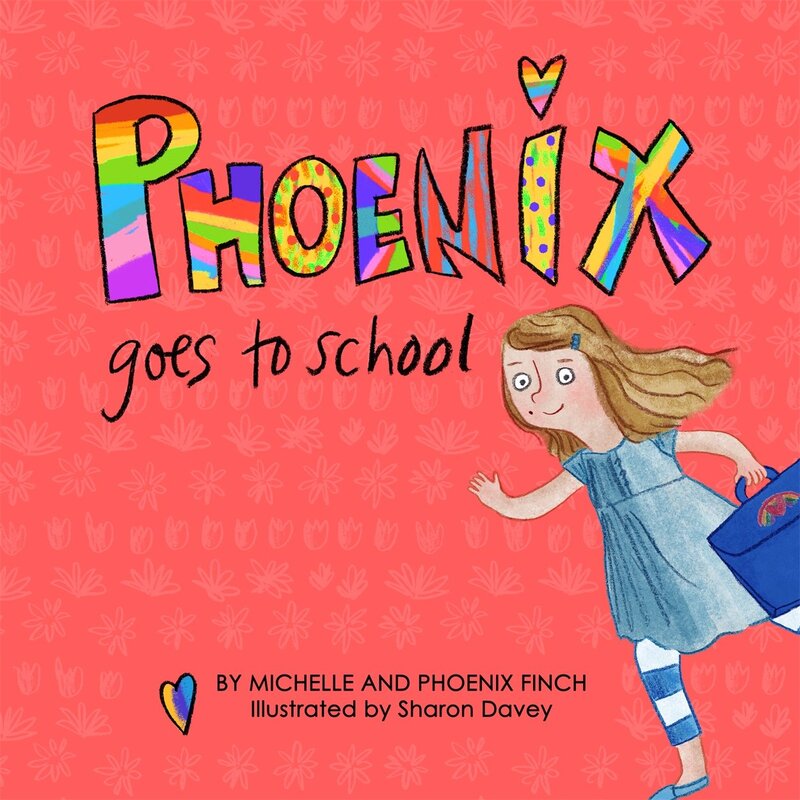

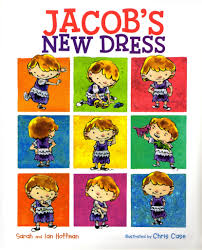














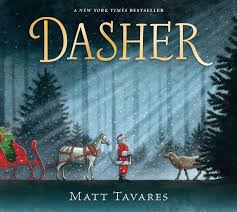












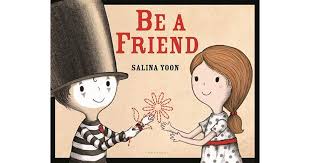
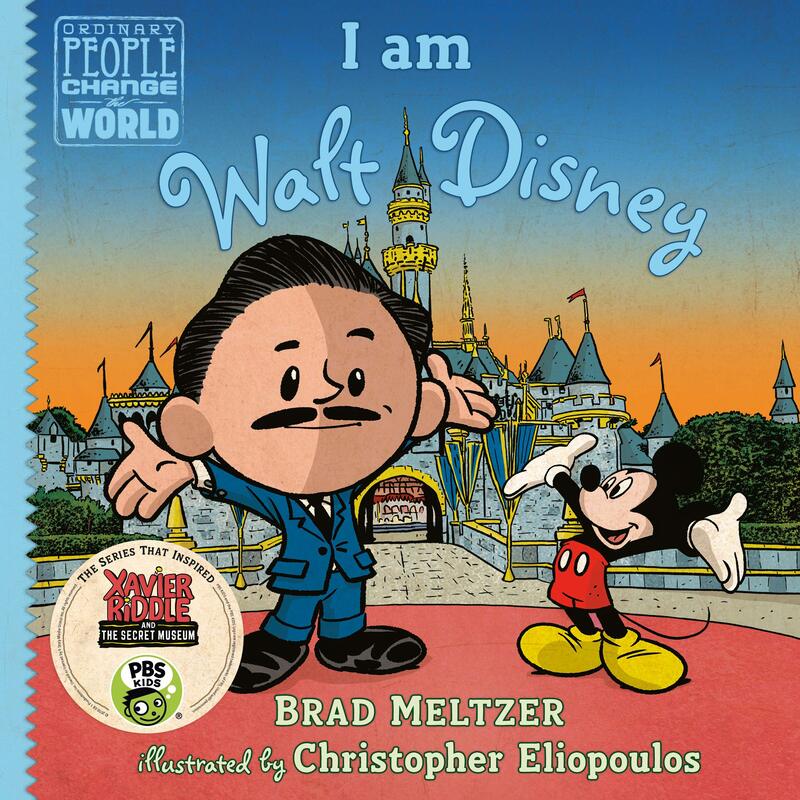





 RSS Feed
RSS Feed
